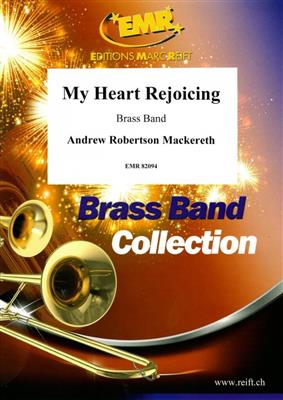We've found 402 matches for your search. Order by
Results
-
 £105.80
£105.80Song Of Joy - Andrew Robertson Mackereth
Estimated dispatch 5-14 working days
-
 £69.00
£69.00My Heart Rejoicing - Andrew Robertson Mackereth
Estimated dispatch 5-14 working days
-
 £26.70
£26.704 Christmas Carols - Andrew Robertson Mackereth
Estimated dispatch 5-14 working days
-
 £26.70
£26.70Coventry Carol - Andrew Robertson Mackereth
Estimated dispatch 5-14 working days
-
 £26.70
£26.70Gold Bringer - Andrew Robertson Mackereth
Estimated dispatch 5-14 working days
-
 £26.70
£26.70Invocation - Andrew Robertson Mackereth
Estimated dispatch 5-14 working days
-
 £26.70
£26.70The Little Swallow - Andrew Robertson Mackereth
Estimated dispatch 5-14 working days
-
 £26.70
£26.70The Sussex Carol - Andrew Robertson Mackereth
Estimated dispatch 5-14 working days
-
 £26.70
£26.70Take 3 - Andrew Robertson Mackereth
Estimated dispatch 5-14 working days
-
 £26.70
£26.70Away In A Manger - Andrew Robertson Mackereth
Estimated dispatch 5-14 working days
